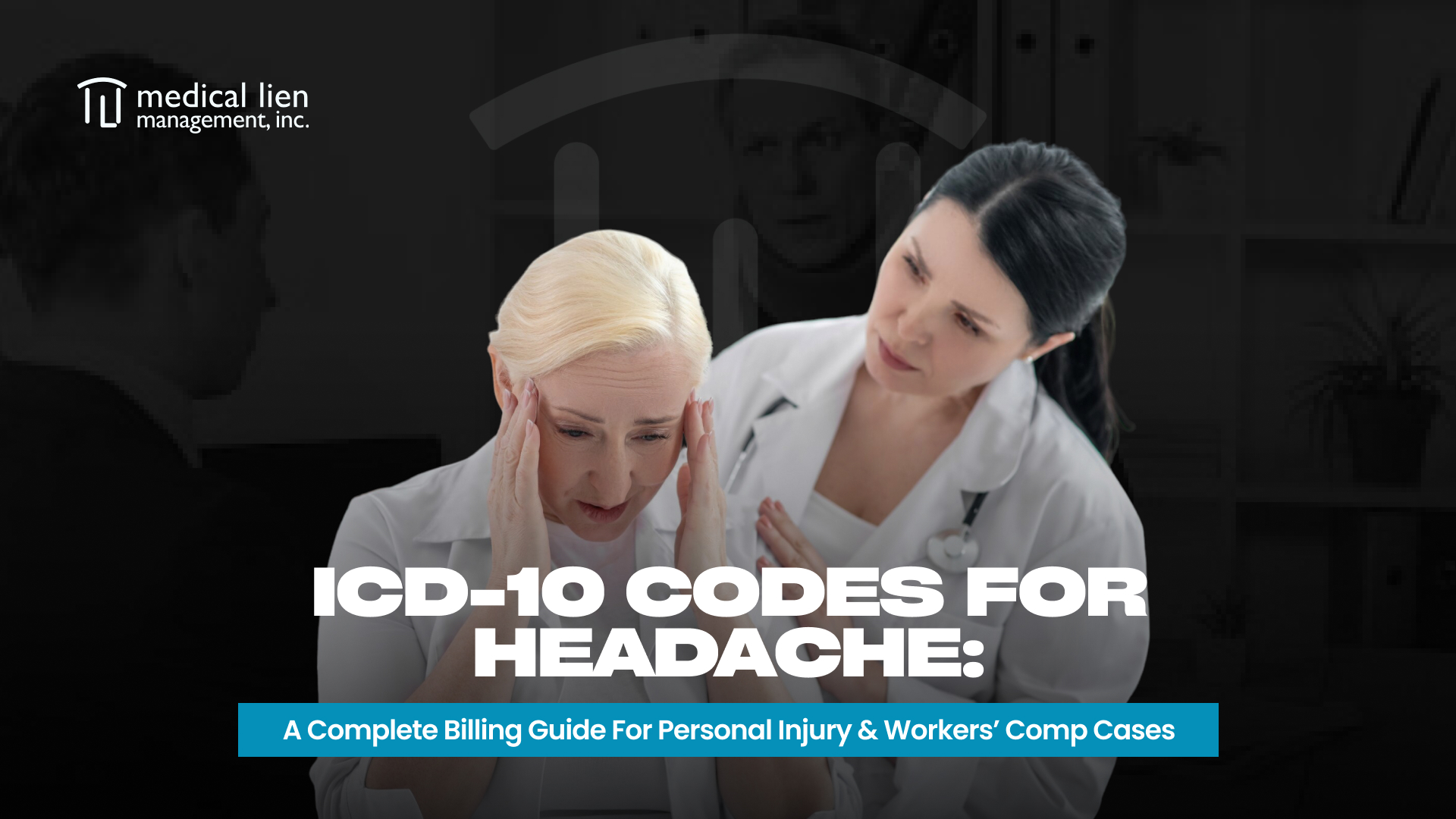Are you a medical provider searching for how to fill out CMS-1500 application? In California’s workers’ compensation world, the CMS-1500 form is either a revenue enabler—or a paperwork trap. While it may seem routine, this single form can make or break your payment cycle. For many medical providers, it’s the starting point of a frustrating billing experience filled with delays, denials, and missing documentation notices.
At Medical Lien Management (MLM), we’ve helped hundreds of practices across California turn their CMS-1500 challenges into collection success stories. We’ve seen just how often small mistakes cost providers big money—and how fixing those details changes everything.
What is CMS-1500?
The CMS-1500 is the standard claim form used by non-institutional providers to bill for services under the state’s workers’ compensation system. It’s the most common method to request payment from carriers and claims administrators, yet still one of the most frequently mishandled forms in the process.
Incorrect submissions are rampant—not because the services are unauthorized or unnecessary—but because billing teams often overlook key compliance points unique to California’s DWC rules. As a result, valid treatments go unpaid, and providers find themselves waiting 60, 90, or even 120+ days to receive reimbursement. According to a 2023 study by the California Workers’ Compensation Institute (CWCI), 27% of provider claims are delayed due to errors or omissions on the CMS-1500, with missing authorization links and incomplete documentation as the leading causes.
In an environment where turnaround time directly impacts cash flow, that’s not just inefficient—it’s unsustainable.
Why Insurers Are Getting Stricter
Rising claims costs have made insurers even more meticulous when it comes to reviewing and rejecting claims. In fact, Kennedys Law reported that the global insurance sector is facing the highest claims inflation rate in over three decades, leading carriers to scrutinize every detail before releasing payments. California workers’ comp is no exception. Whether it’s misused CPT codes, mismatched patient data, or failure to include UR approvals, even minor deviations are increasingly being treated as denial-worthy.
And it’s not just carriers who are paying attention. In 2023, the FTC and CFPB took action on several high-profile settlement disputes, including a $22.3 million refund to consumers over deceptive financial practices (Goodwin Law). These moves signal increasing regulatory pressure across the broader claims landscape—making accuracy and transparency more critical than ever.
What’s Really Going Wrong: A Data-Driven Look
In reviewing thousands of CMS-1500 denials across multiple specialties, we’ve found clear trends. The majority of rejections fall into five categories, all of which are entirely preventable with the right processes in place.
To illustrate this, we compiled a breakdown of real-world denials between 2022 and 2024:

This data proves what we’ve long observed: the form isn’t broken—it’s just being misused.
How MLM Transforms CMS-1500 Filing Into a Revenue Driver
Unlike generic billing vendors, MLM takes a full-cycle approach to CMS-1500 guidelines filing. We begin by reviewing each case for RFA compliance, cross-checking every billable service against the Official Medical Fee Schedule (OMFS) and ensuring all documentation is in order. From the patient’s name to the date format, nothing is left unchecked.
Once verified, our Jet Filing System electronically submits CMS-1500s with UR approvals, chart notes, and billing reports automatically attached. The process is fully digital, timestamped, and trackable—removing the risk of lost forms or delayed transmissions. Most importantly, we guarantee billing within seven business days, so providers aren’t left wondering where their claims stand.
The Before and After: Real Impact, Real Numbers
One orthopedic group in Los Angeles saw a dramatic turnaround after partnering with MLM. Prior to our involvement, their average CMS-1500 claim took more than 60 days to resolve, and over $200,000 in claims were stuck in appeals or denial cycles due to incorrect modifier use and poor documentation practices.
After three months with MLM:
- Denial rates dropped by 76%
- Average claim resolution time fell to 28 days
- $178,000 in previously delayed claims were successfully recovered

These results weren’t luck—they were the outcome of a meticulous, compliant filing system supported by professionals who know the rules and work the process.
What You File Is What You Get Paid For
In a system as rule-bound as California’s workers’ comp, success starts at the form level. Guidelines for CMS-1500 application form is more than a billing tool—it’s a legal record, a reimbursement request, and, in many ways, a test of whether your practice can keep up with a rapidly evolving regulatory landscape.
Whether you’re a solo chiropractor or a high-volume orthopedic group, clean CMS-1500 filing means one thing: faster, fuller collections. And in the current environment, that’s not optional—it’s essential.
Let MLM Handle the Details—So You Can Focus on Care
At MLM, our goal is to remove the guesswork from your billing process. With CMS-1500 support that covers everything from code validation to document bundling and legal compliance, we make sure your claims don’t just get submitted—they get paid.
If your practice is ready to simplify collections and reduce denials, we’re ready to help.
Contact MLM today and experience a billing process that works for you—not against you.





